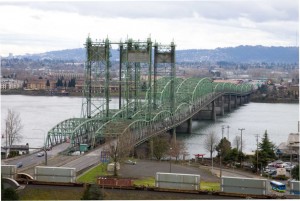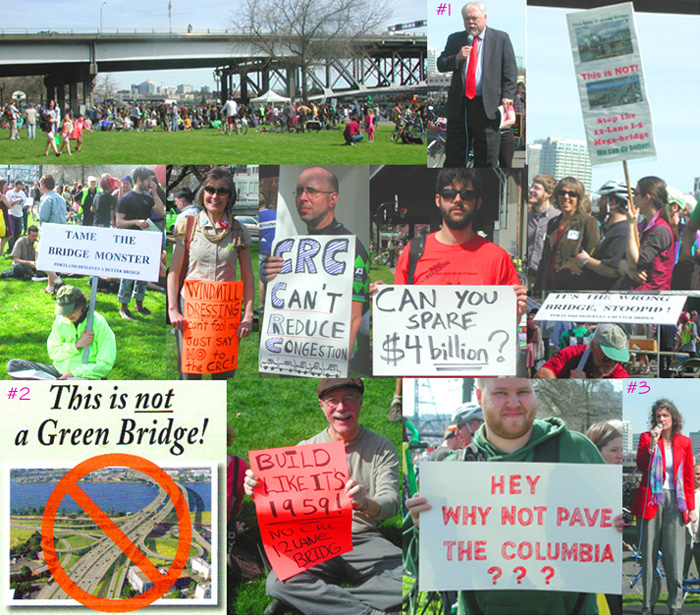
The Oregonian reported today that a bill before the Oregon State Senate proposes increased bond measures for TriMet and allow Tri-Met to use funds on non-transit projects.
To many, this could be a round-about way to re-open the defeated Columbia River Crossing Project.
From the Oregonian:
It could also let TriMet package its major transit projects with road projects that have wide appeal, a strategy that led Seattle voters to pass a record $930 million transportation-funding levy.
In Oregon, the bill has reawakened critics of the Columbia River Crossing, including Joe Cortright, a Portland economist who has long opposed the bridge project.
“What the bill does is greatly expand TriMet’s bonding authority, authorizing it to accept IOUs from other agencies and then use that authority to build freeways, if they choose,” Cortright said. “My concern is that this could be a stealth funding plan for the Columbia River Crossing.”
Tri-Met officials deny they are pursuing any revival of a new bridge project. “The bill and the CRC simply have nothing to do with each other,” said General Manager Neil McFarlane in a letter to the Oregon Legislature’s Joint Committee on Ways and Means directly addressing the issue.
We’ll be watching this issue for new developments.














![Washington State Water Quality Assessment [303(d)] Washington State Department of Ecology](http://www.rosemerena.org/home/wp-content/uploads/2009/03/ecy_logo.gif)

